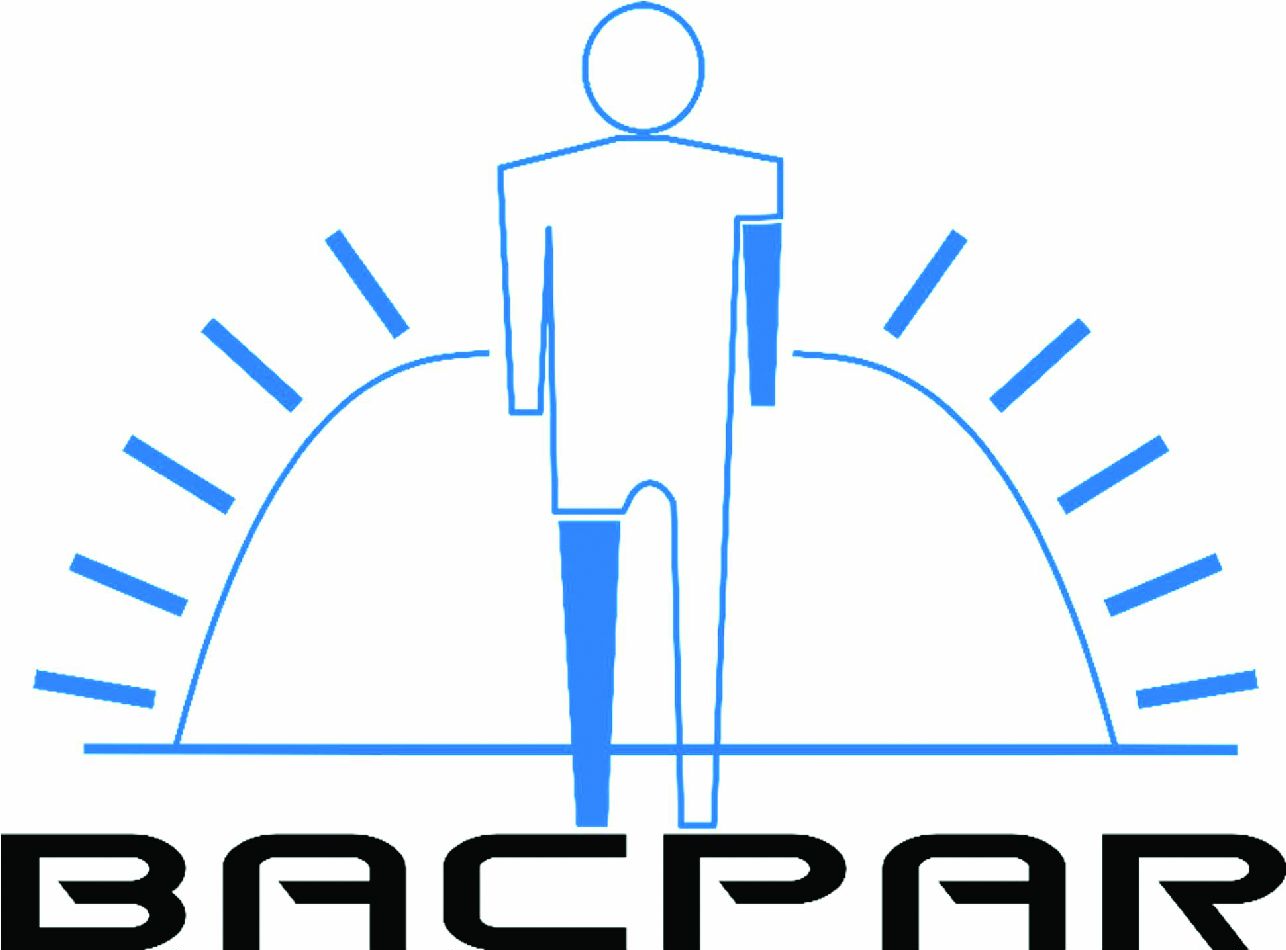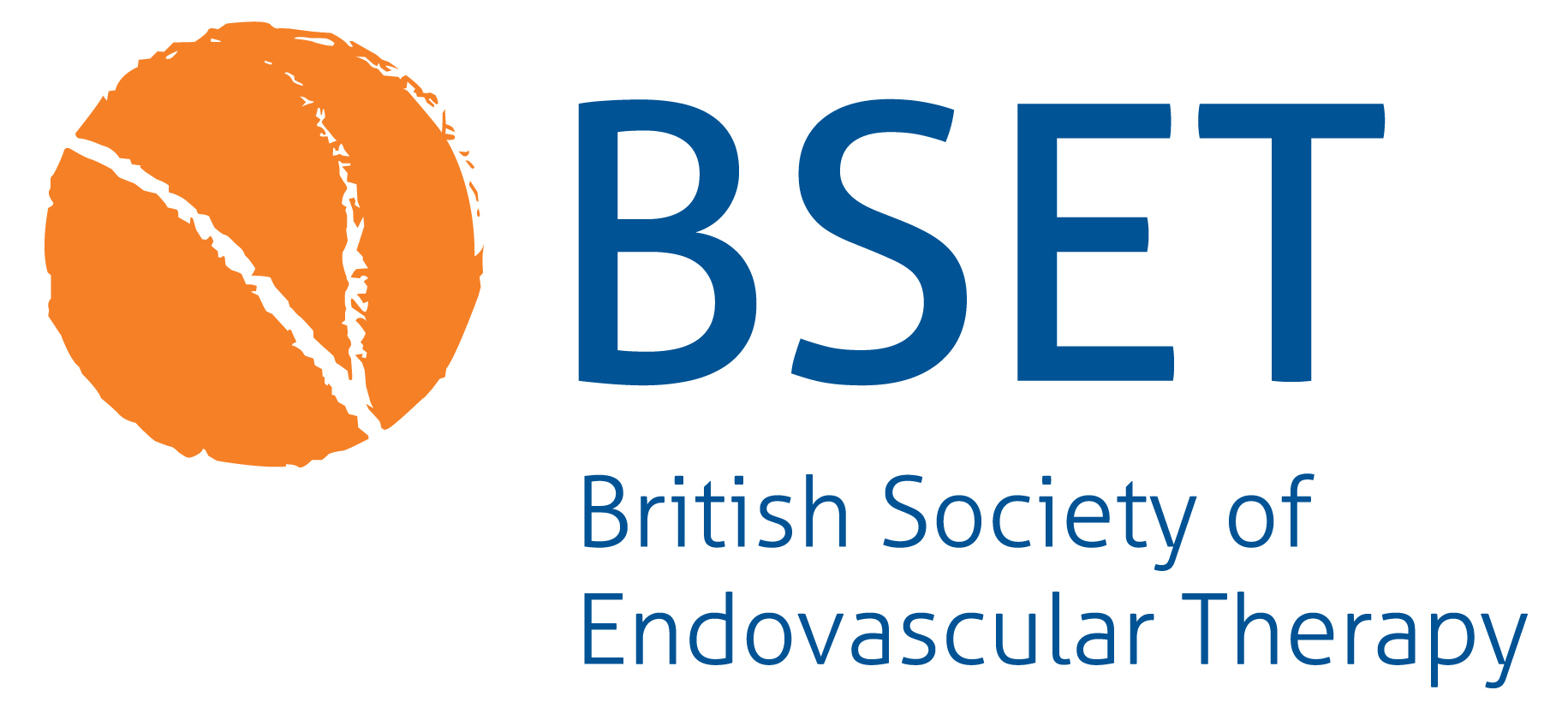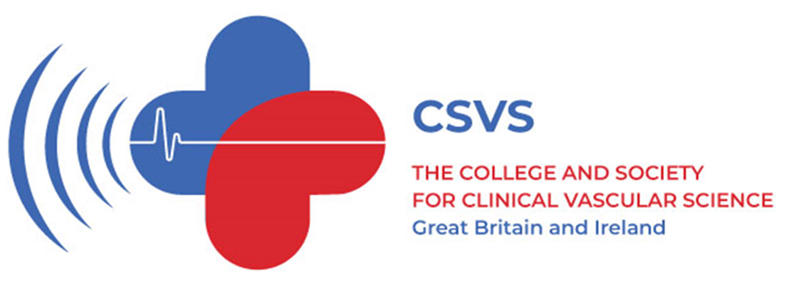Volume 3 Issue 2
Management of iatrogenic acute limb ischaemia in the paediatric intensive care unit population
In the Paediatric Intensive Care Unit (PICU) an arterial line is often inserted in critically unwell children to allow for reliable blood pressure monitoring and access to arterial blood for point-of-care blood gas analysis and laboratory testing. However, arterial catheterisation is a procedure that carries the risk of serious complications including impaired tissue perfusion, thrombotic…
Read MoreTraumatic thigh AV fistula leading to aneurysmal changes in aorta and iliac arteries
Abstract Penetrating traumatic arteriovenous fistulas (AVFs) have the tendency to be clinically silent for many years and could be misdiagnosed as deep venous thrombosis (DVT) on initial presentation. A 52-year-old male underwent a duplex scan to evaluate swelling of the limb, which detected an AVF in the thigh. He was stabbed in the lateral aspect…
Read MoreEndovascular aneurysm repair using the Gore Excluder Conformable Abdominal Aortic Aneurysm Endoprosthesis with active control system in octogenarians with highly angulated aneurysm neck: a UK single-centre experience
Introduction In March 2020 the National Institute for Health and Care Excellence (NICE) guidelines recommended open repair as the primary treatment option for unruptured abdominal aortic aneurysms (AAAs), while suggesting endovascular aneurysm repair (EVAR) as a viable alternative for individuals with a high anaesthetic risk. Octogenarians constitute a subset of the high-risk population. They exhibit…
Read More- « Previous
- 1
- 2
- 3











